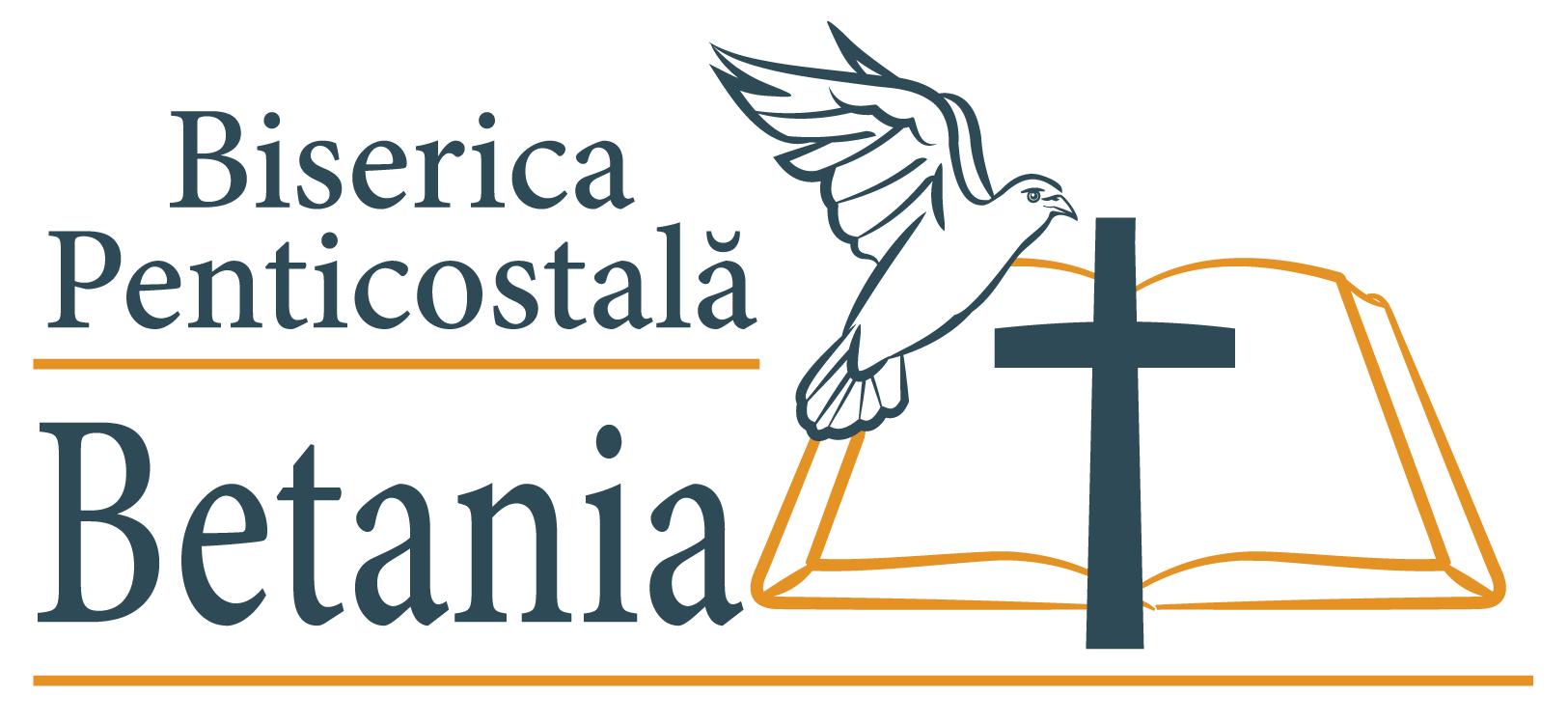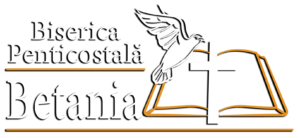29 aprilie
29 aprilie
Luni, 29 aprilie 2024, Psalmul 2:1-12
Acest psalm este cunoscut cercetătorilor Bibliei datorită relevanței lui cu privire la Mântuitorul Isus. Primii doi psalmi sunt o introducere la cartea Psalmilor, motiv pentru care înțelegerea lor corectă va ajuta substanțial înțelegerea întregii cărți.
Ambii psalmii sunt încadrați de fericiri:
1. ,,Ferice de omul…” (1:1); ,,Ferice de toți…” (2:12).
2. Psalmul 1 îl descrie pe omul neprihănit și evlavios în contrast cu omul rău; Psalmul 2 îl descrie pe Unsul Domnului în contrast cu regii răzvrătiți de pe pământ.
3. Omul din Psalmul 1 cugetă la legea Domnului; omul din Psalmul 2 cugeta împotriva Domnului.
4. Psalmul 1 arată cele două căi pe care un om le poate urma în viață; Psalmul 2 arată cele două căi pe care o națiune le poate urma.
David e autorul Psalmului 2, după cum menționează Luca în Fapte 4:25. Biserica primară numea acest psalm ,,psalmul al doilea” (Fapte 13:33).
Psalmul 2 face parte din grupa Psalmilor regali, mesianici, prezentându-L pe Isus Cristos ca Rege.
George Frederick Handel a folosit cinci versete din Psalmul 2 în partea a doua a Oratoriului Mesia. După opinia unora, Psalmul 2 se referire la întronarea regelui David; după alții, se referă la întruparea Mântuitorului. Cei mai mulți cred că personajul central al acestui psalm transcende cu mult circumstanțele istorice ale regelui David, referindu-se la Isus Hristos: ,,fiul lui David”.
Structural, Psalmul 2 se împarte în patru părți, fiecare parte/strofă conținând aproape același număr de cuvinte.
1. Partea întâi (v.1-3) prezintă tabloul celor mari și tari ai pământului care îl sfidează pe Dumnezeu.
2. Partea a doua (v. 4-6), într-un tablou opus, arată disprețul Domnului pentru blasfemiilor lor și întronarea lui Mesia ca Împărat în Sion.
3. Partea a treia (v. 7-9) Îl reprezintă pe Fiul lui Dumnezeu ca Domn.
4. Partea a patra (v.10-12) cere oamenilor să se supună Unsului Domnului.
Psalmul se încheie cu o binecuvântare (v.12).
Monday, April 29, 2024, Psalm 2:1-12
This psalm is well-known to Bible scholars due to its relevance concerning the Savior Jesus. The first two psalms serve as an introduction to the book of Psalms, which is why a correct understanding of them will substantially aid in comprehending the entire book.
Both psalms are framed by blessings:
1. “Blessed is the man…” (1:1); “Blessed are all…” (2:12).
2. Psalm 1 describes the righteous and devout man in contrast to the wicked man; Psalm 2 describes the Lord’s Anointed in contrast to the rebellious kings of the earth.
3. The man in Psalm 1 meditates on the law of the Lord; the man in Psalm 2 plots against the Lord.
4. Psalm 1 shows the two paths a man can follow in life; Psalm 2 shows the two paths a nation can follow.
David is the author of Psalm 2, as mentioned by Luke in Acts 4:25. The early church referred to this psalm as “the second psalm” (Acts 13:33).
Psalm 2 is part of the group of royal, messianic Psalms, presenting Jesus Christ as King.
George Frederick Handel used five verses from Psalm 2 in the second part of his Messiah Oratorio. According to some, Psalm 2 refers to the enthronement of King David; according to others, it refers to the incarnation of the Savior. Most believe that the central figure of this psalm transcends the historical circumstances of King David, referring to Jesus Christ: “the son of David”.
Structurally, Psalm 2 is divided into four parts, each part/stanza containing nearly the same number of words.
1. The first part (v.1-3) presents the picture of the great and mighty of the earth defying God.
2. The second part (v.4-6), in an opposite scene, shows the Lord’s contempt for their blasphemies and the enthronement of the Messiah as King in Zion.
3. The third part (v.7-9) represents the Son of God as Lord.
4. The fourth part (v.10-12) calls for people to submit to the Lord’s Anointed.
The Psalm ends with a blessing (v.12).

